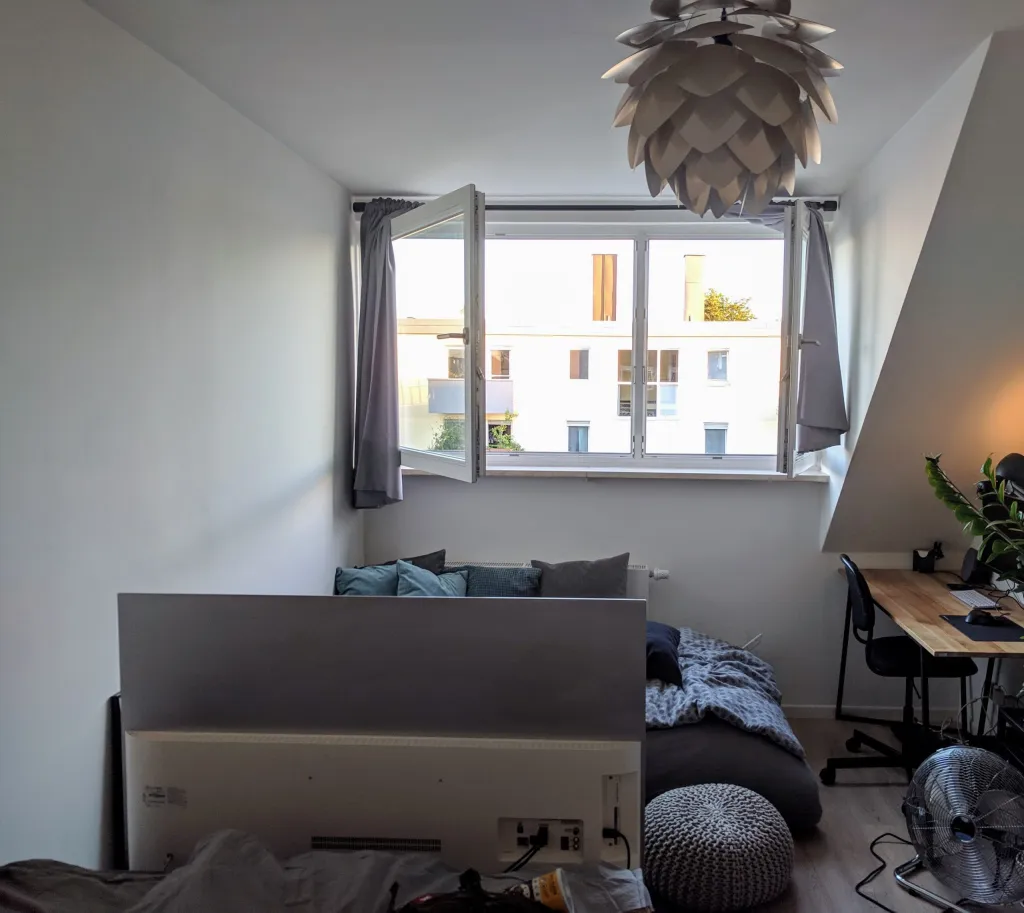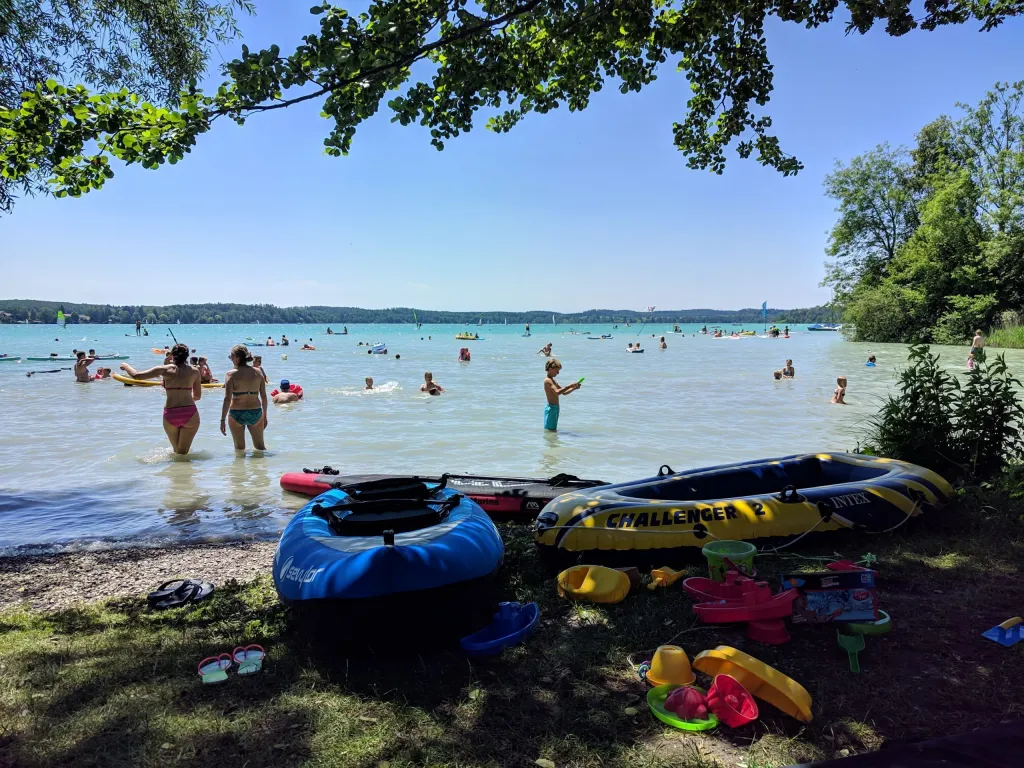Our first impression of Munich – stepping out of the car and being nearly swept away by a crowd of bike commuters. Next came strange (for us) beer culture, like drinking before noon and going to work. And the last – climate and nature, one of the finest in Germany. “Munich Like a Local” is about German culture, everyday life, and captivating sides of the city.
Munich Like a Local. Exploring how locals live
Quick facts about Bavarian capital
Munich is home to more than 1.5 million people. 500.000 of them have foreign backgrounds and more than 100.000 – students. It is the third-largest city in Germany, located in the footsteps of the Alps, and very popular among tourists.
Being the fastest growing city (and the richest one) in the country created the highest in Germany property prices. 1-2M Euro for a detached house is a norm. Renting is also very expensive, no matter, short or long stay.
1. Where did we stay. Apartments
We stayed in the district of Laim, 15 minutes by car from the city center. View from the window:
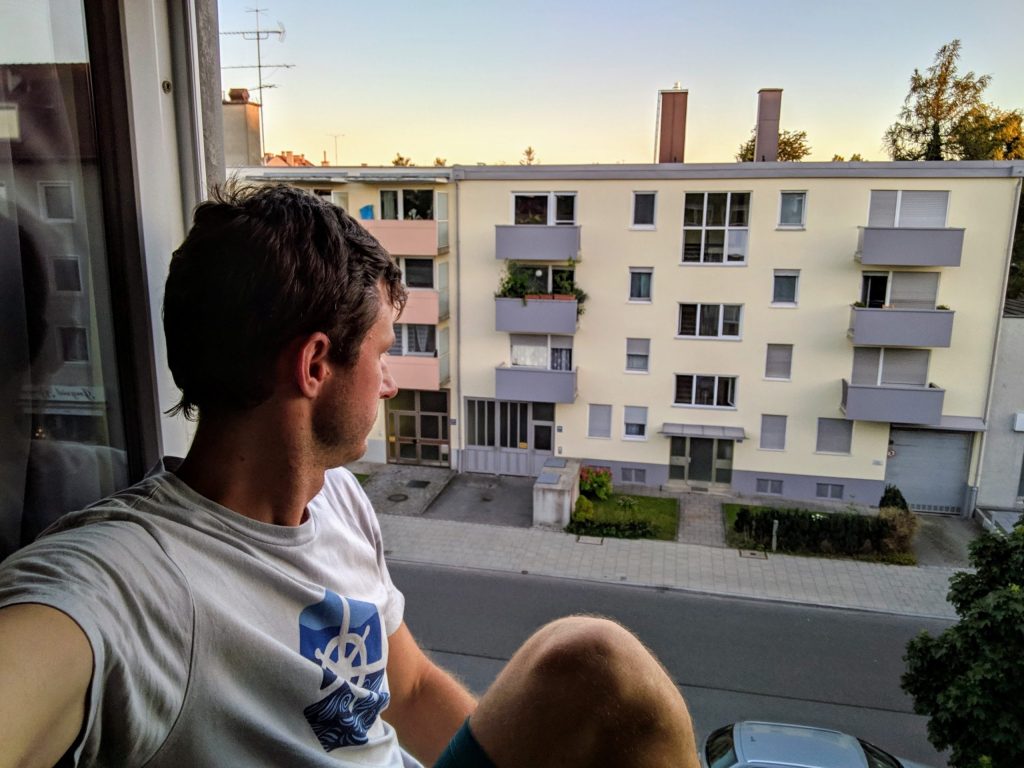
Most homes in Germany we were in had a “no shoes” policy (as in our native country). Some shoes were lined at the door, like in the picture below. Once we also noticed the interesting sign near the doorbell: “Herr Doctor Schultz”. The meaning was like “Mister Doctor Schultz”, common for Germany.
The apartment we stayed in was a nice 26m2 studio, with a tiny kitchen in a tiny hallway, but there was a bathtub. The price during the summer was 90$ per night.
2. Munich Like a Local. Culture
After staying in Munich, we came to Berlin, and those two are as different as you just can imagine. But some things remained the same:
– Most people looked neat and well dressed.
– Also nice, ready to help
– Hardly anybody smiled at strangers
– Appreciated our weak attempts in German (like “thank you, please, etc.”). Gesturing helped a lot 🙂
– Communicating in English was hard.
– Wearing crocks = tourists
– Sneakers + t-shirt + leggins = tourists 😀
– Customer service: comparing to States, opposite experience.
– Very dusty. Lack of paved trails, grass, and lawns to keep the dust away.
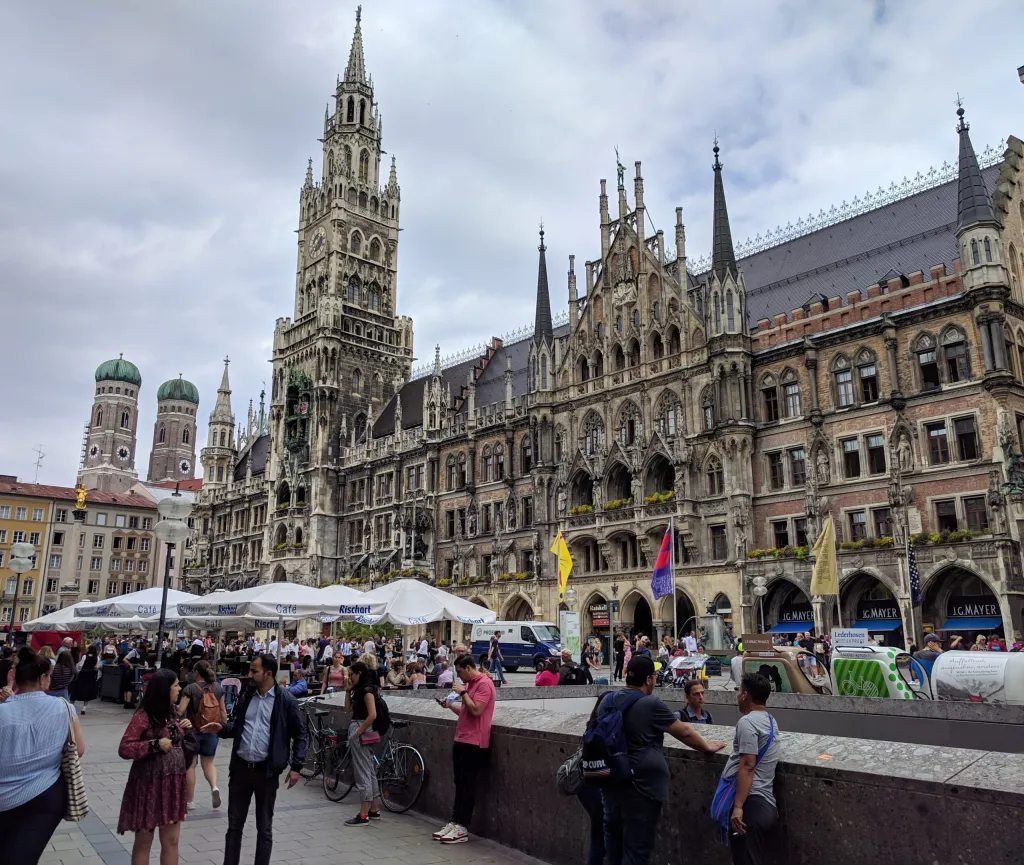
3. Typical summer day in Munich. “No lifeguards, no rules, no restrooms”
When our friend from Munich said “rivers and lakes in Bavaria are crystal clear”, we didn’t pay much attention. “Our rivers and lakes too“, – we thought ;). Later we’d recall it in Berlin and Frankfurt: during hot summer weather, nobody was swimming in the Main and Spree. They are very dirty.
In the picture below – a typical summer day in Munich. We called it “no lifeguards, no rules, no restrooms” :D.
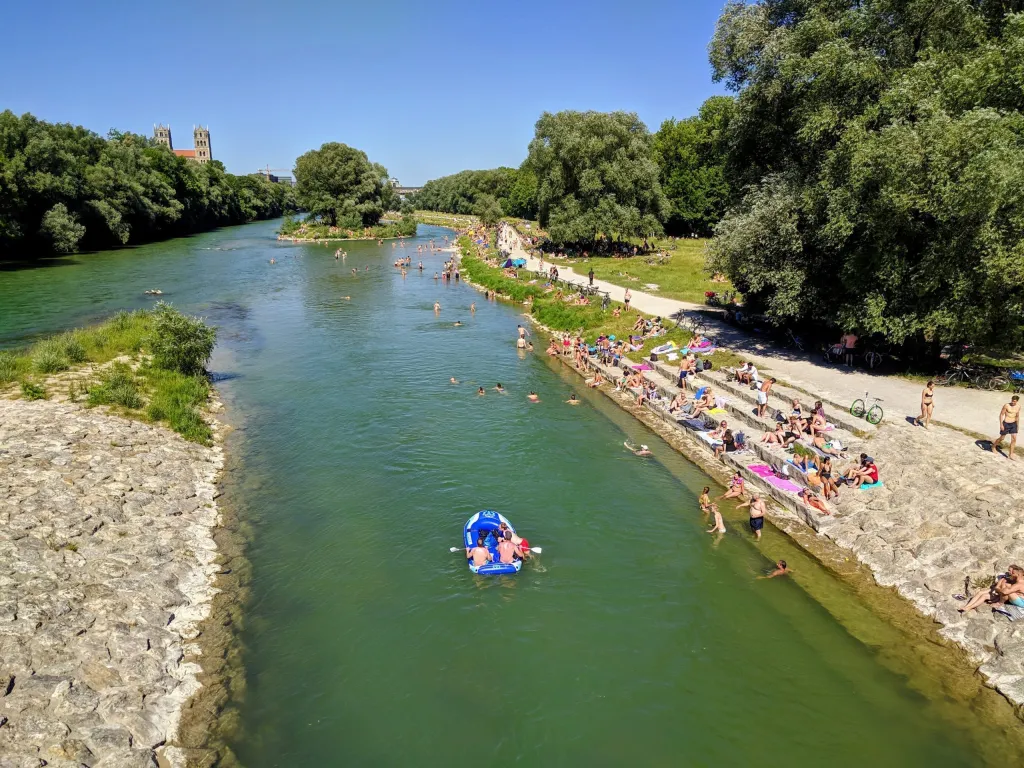
The river is very fast and cold, with no lifeguards or warnings/rules. That didn’t stop anybody from crossing it, diving in it, and doing whatever you want to do.
Most people arrived by bikes and all that informal atmosphere was happening right in the center of the city. After hours at the park, we still didn’t find any restroom (unlikely for the US/Canada).
4. You may not believe it, but prostitution is legal in Munich
In 8 European countries prostitution is legal and regulated, Germany included. Munich doesn’t have an official red-light district, but there are a handful of brothels around the city.
5. Munich Like a Local. Food
Our guide once mentioned: “To digest a large amount of beer you have to eat heavy, fat food: pork, potato, etc.” Although I don’t like meat, I had a real feast in Germany. Fruits, veggies, berries were premium quality, inexpensive, and tasted amazing. As well as dairy products, beer, pastry/bread. Beer cost almost the same as water.
5 Euro was an average price for a healthy lunch: meat (usual sausage), salad and a side dish (often – potato). I loved chanterelle soup, pictured below:
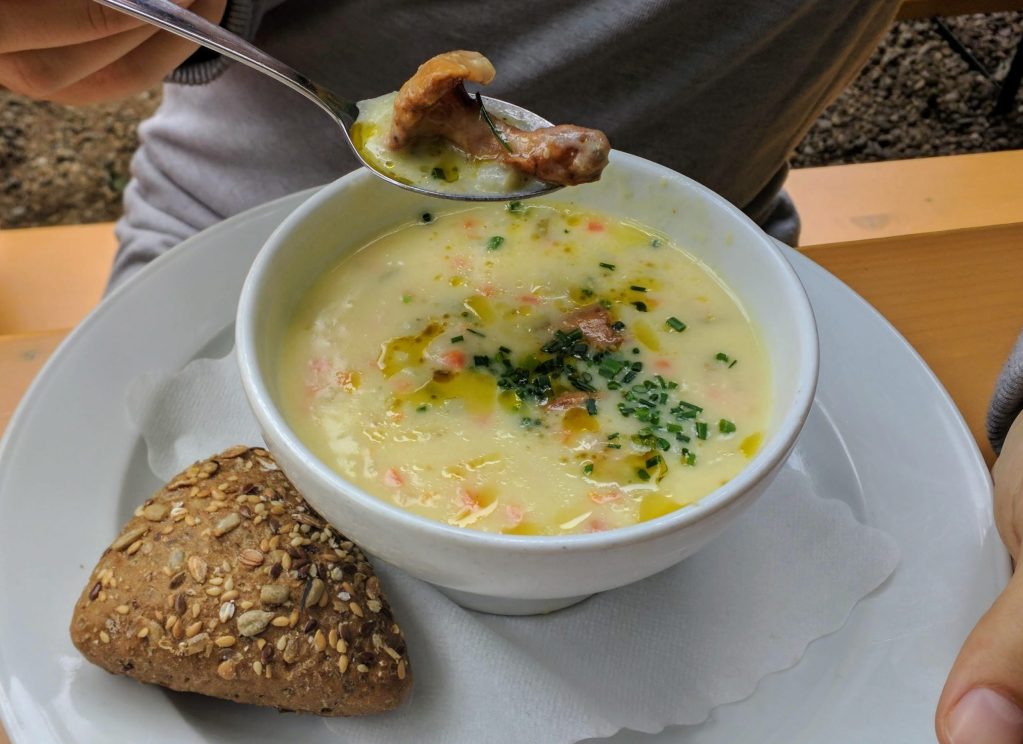
Not a single time from our 3 weeks in Germany food was served in plastic. The snack booths at the parks sold snacks and meals served with real tableware and utensils.
Pictured below: a local version of hot chocolate: hot milk and chocolate:
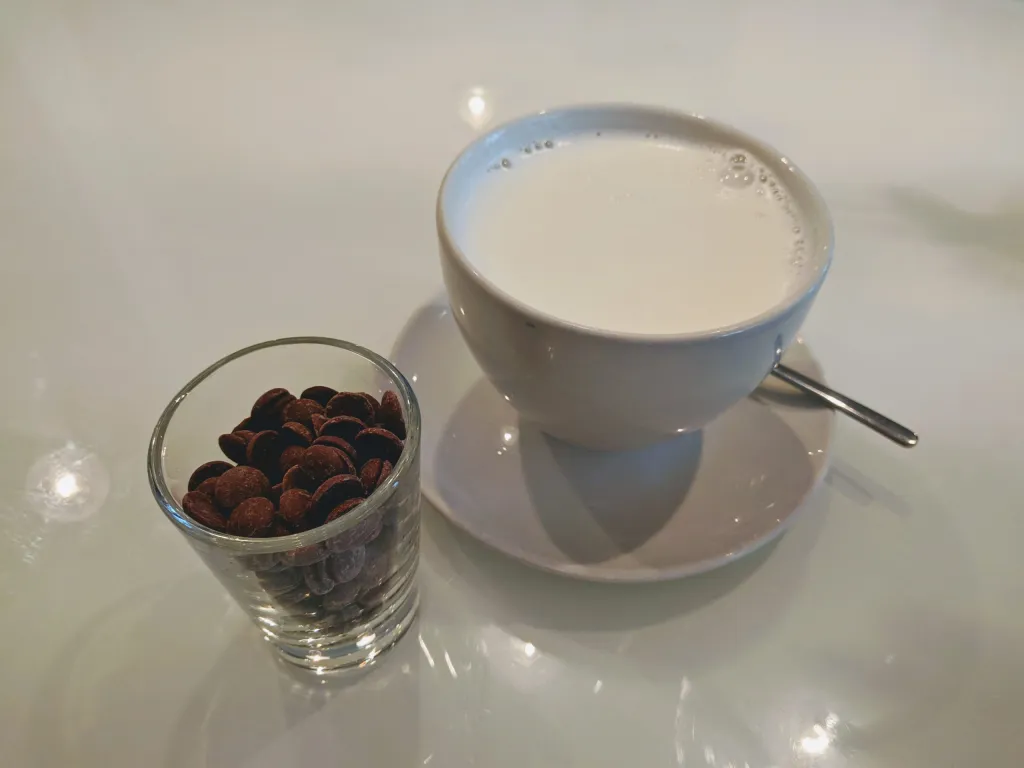
6. Beer isn’t alcohol, it’s a culture
Why buy water if you can have a beer? In Germany, you can drink a beer in public, any time of the day, from age 16. There is also a special Bavarian custom: a specific beer for breakfast. Going to work after that is considered normal. And with so much beer we have seen hardly any drunks!
Pictured below: Hofbräuhaus München, beer hall dating back to the 16th century:
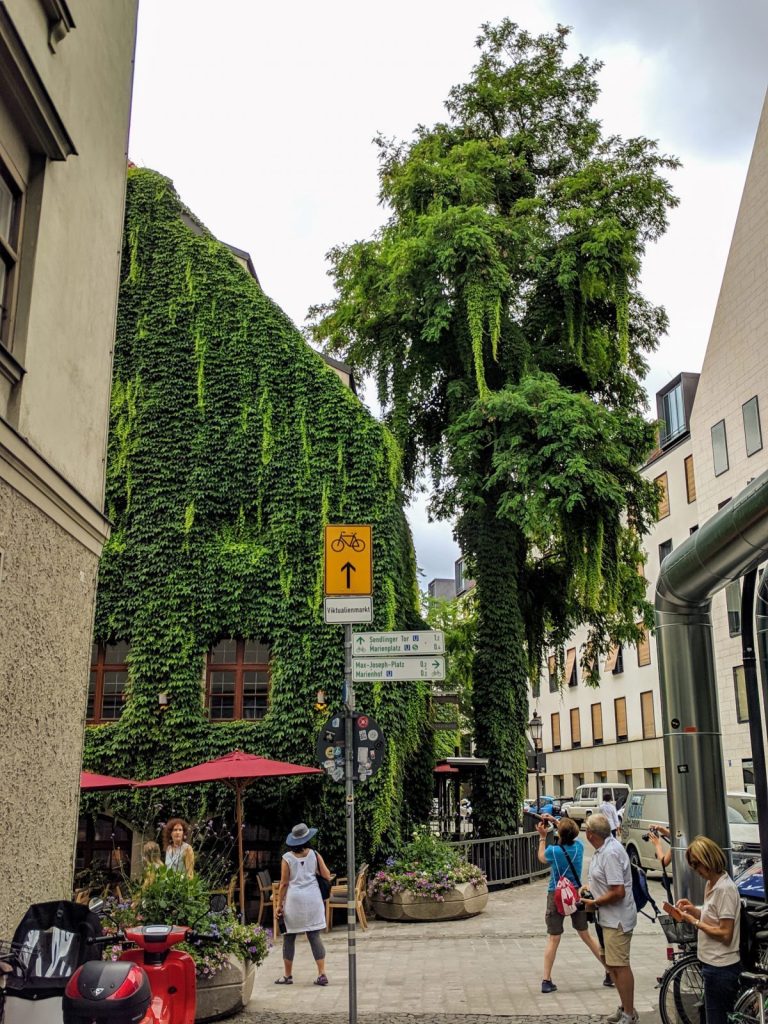
at the Hofbräuhaus 
7. Munich Like a Local: TUM, Technische Universität München
How should a proper University look like? Airy, light, and with a slide 😀
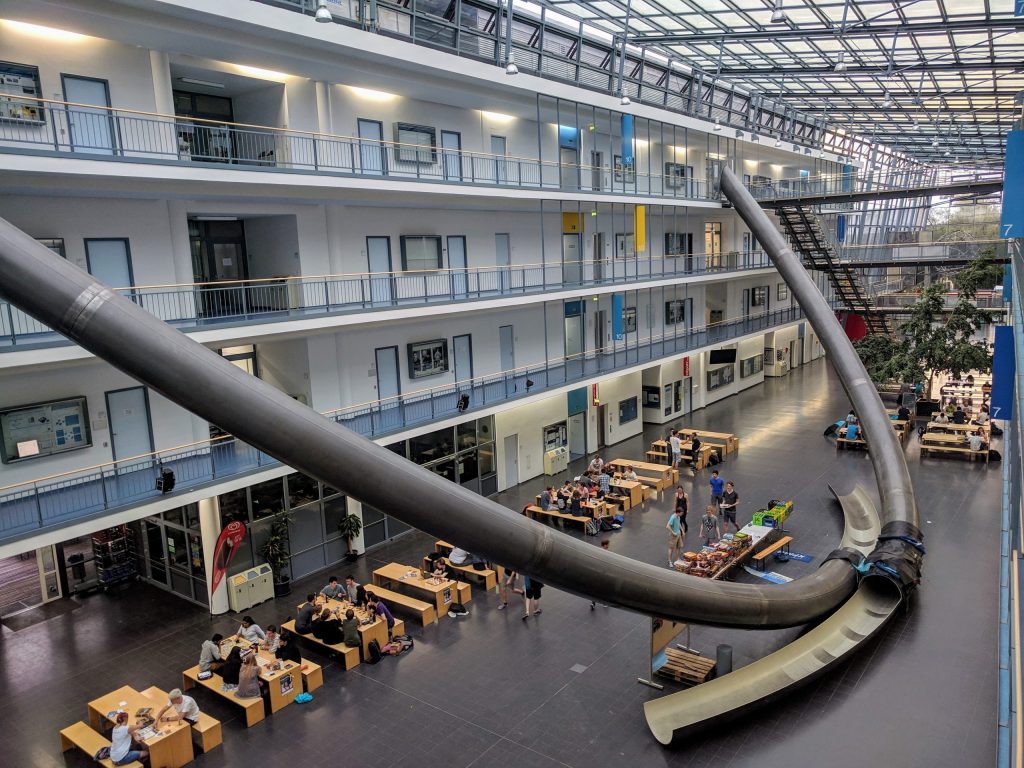
Our trip to Munich was during summer 2019. We came with Artem, our oldest son, 10 y/o back then. (little ones stayed with grandparents at Lake Bodensee). He was curious about local universities and we took him to TUM.
Pictured below: Fakultät für Architektur, Cafe Forum:
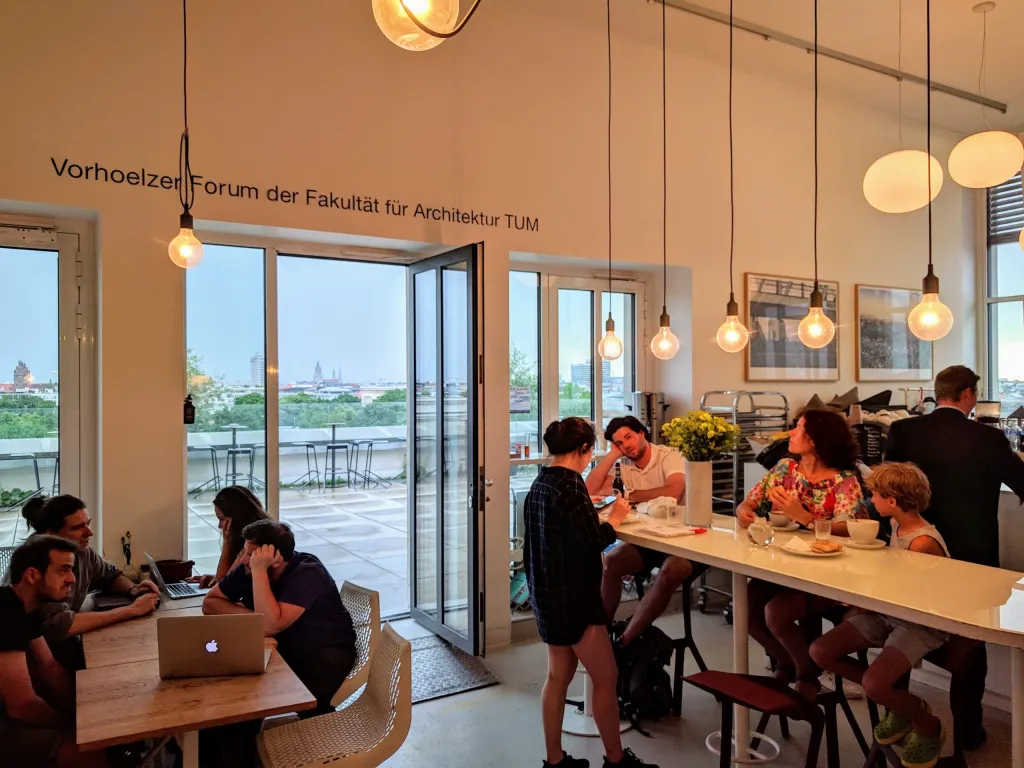
Views of evening Munich from the cafe terraсe:

8. The most touristy place ever
If you want to spoil your trip to Munich, visit Marienplatz first (instead of last) thing during your journey.
Marienplatz is Munich’s most famous square. It is a great place to learn about local history and culture and has fine architecture. But without a guide, it would be nothing else but “The clock and tons of tourists”.
Our guide told us a lot of stories, one of them was about the Golden Path, a memory of non-violent opposition to Nazis. We would never pay attention to it without her:
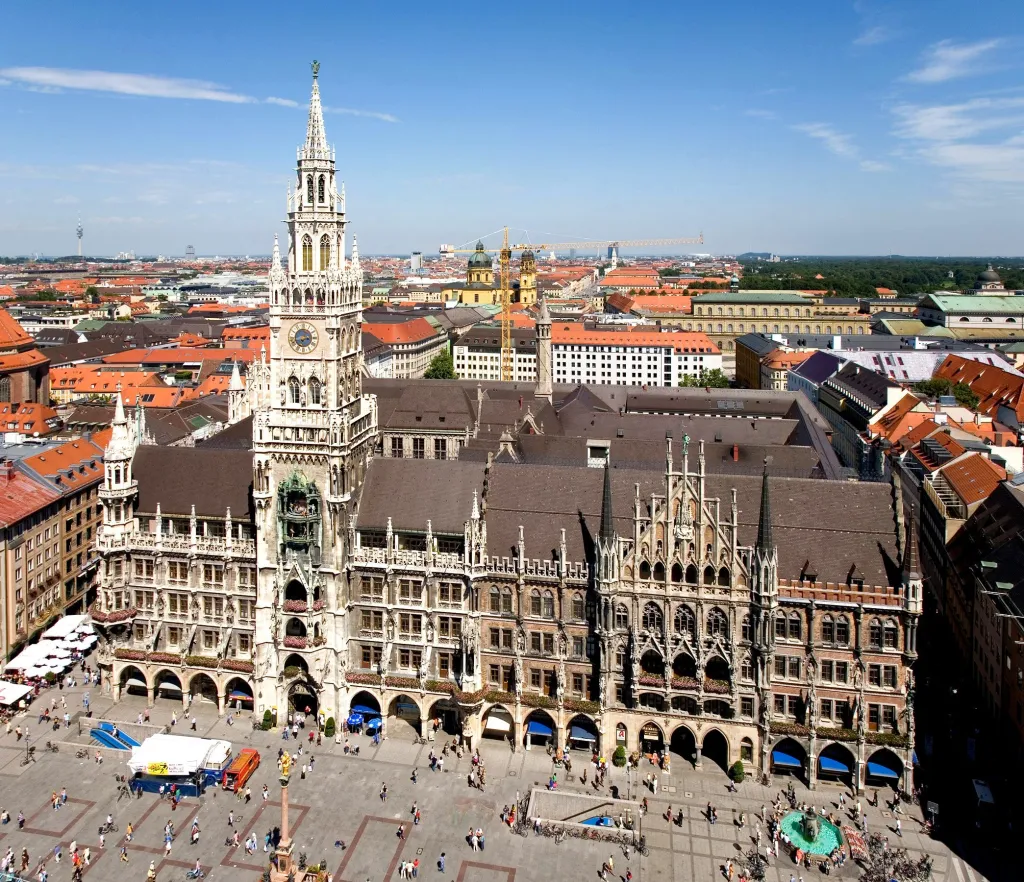
Marienplatz, photo credit: Diliff 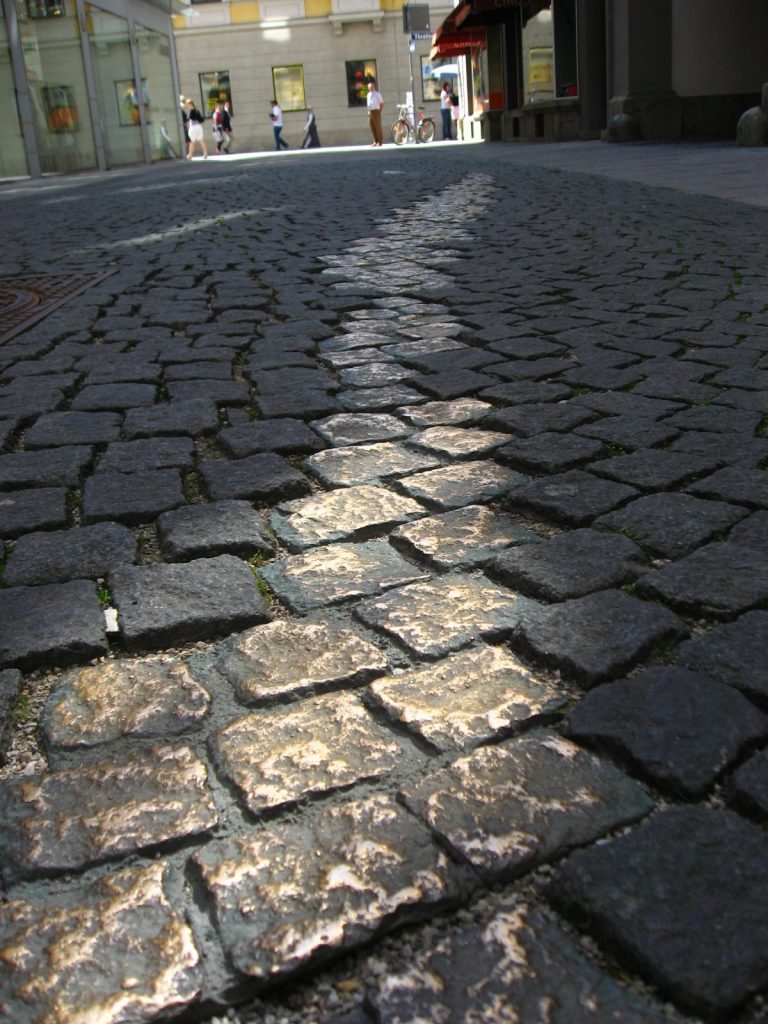
Golden Path, photo credit: snickclunk
9. Munich Like a Local. City of bikes
If you aren’t from a country where bikes are popular transport, you are risking being hit if you’re not looking both ways when arriving in Munich.
What you can observe in Munich:
– biking hands-free while checking up the cell phone
– biking while holding a suit from the dry cleaner
– in high heels
– with watermelon
– in a very long dress
– hauling kids in the cargo bike
– kids biking from school
– with a surfboard!!!
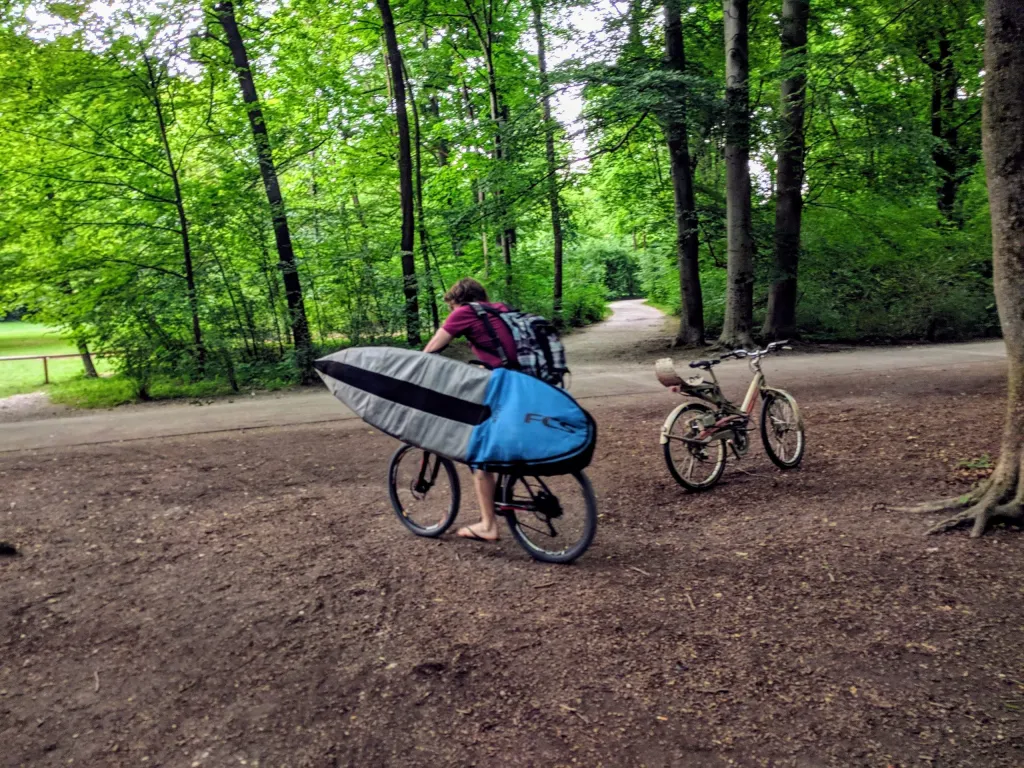
10. English Garden. Eisbachwelle
English Garden is great to visit on a bike, otherwise, it’ll take a half-day to walk it through just to see part of it. We liked the smell of blooming Tilia (Linden) trees during July; how clean the local creeks were, and Eisbachwelle in the city center:
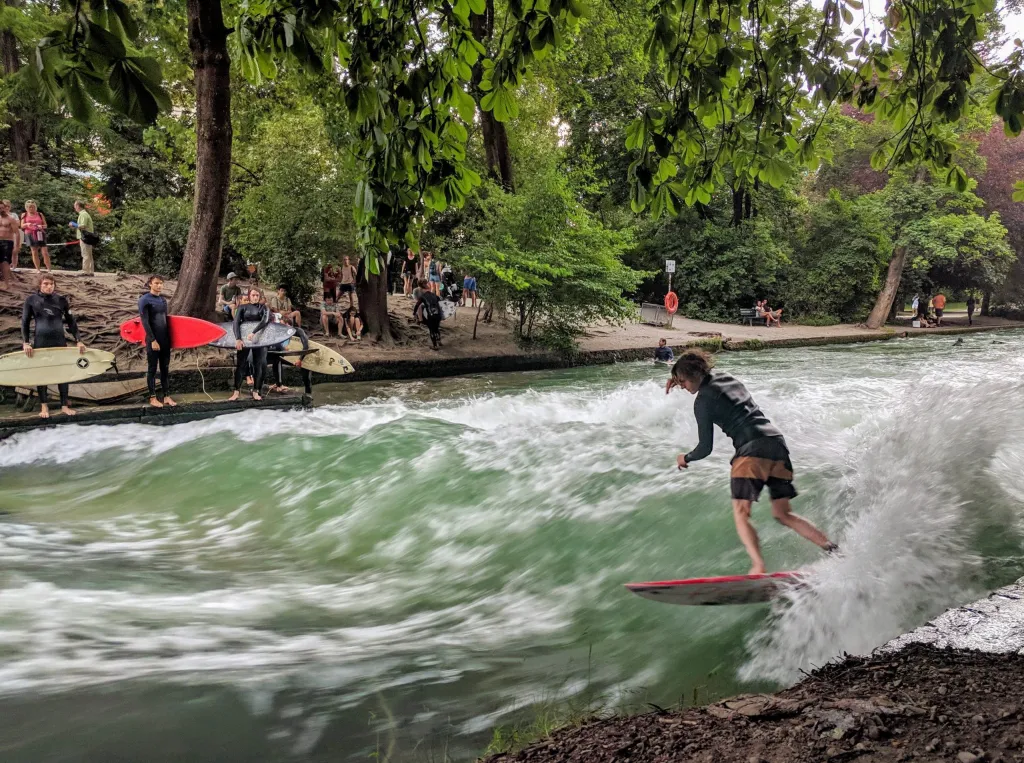
11. Homeless people in Munich and Germany
From 6 weeks in Germany and Netherlands, we saw the evidence of homelessness only once.
We came from Seattle, where homelessness is a big problem. Berlin has plenty of people living in squat houses but that’s different: while being shabby, sometimes without heat, electricity, or running water, nobody lives outside.
12. Munich Like a Local. Residential districts
During our visit, our friends from Munich (who have 3 little ones as well) told us a lot about the city. I liked the remark about the mayor: Dieter Reiter created a paper that you can send to annoyed neighbors; it says something like “Noise made by children is part of their growth and development”.
We were impressed by urban planning in Germany and Munich, in particular. Pictured below: apartment building (isn’t new) but very cozy and kid-friendly. It was one out of 3 or 4 play areas at these buildings:

Houses are compact in Germany to compare with the US/Canada, but comfortable and don’t look small from the inside. Electricity is very expensive. Pictured below: most of the houses we saw were townhouses and had pretty, cozy, private yards (on the left):

13. A note on rules
German culture is known for sticking to the rules and order. I’m sure it’s true but we were surprised to see some exceptions:
– not everybody waiting for the green light to cross the street.
– the speed limit: several times we were the ones who weren’t driving 60 km instead of 30.
– the most interesting was at the beach, central row parking below:
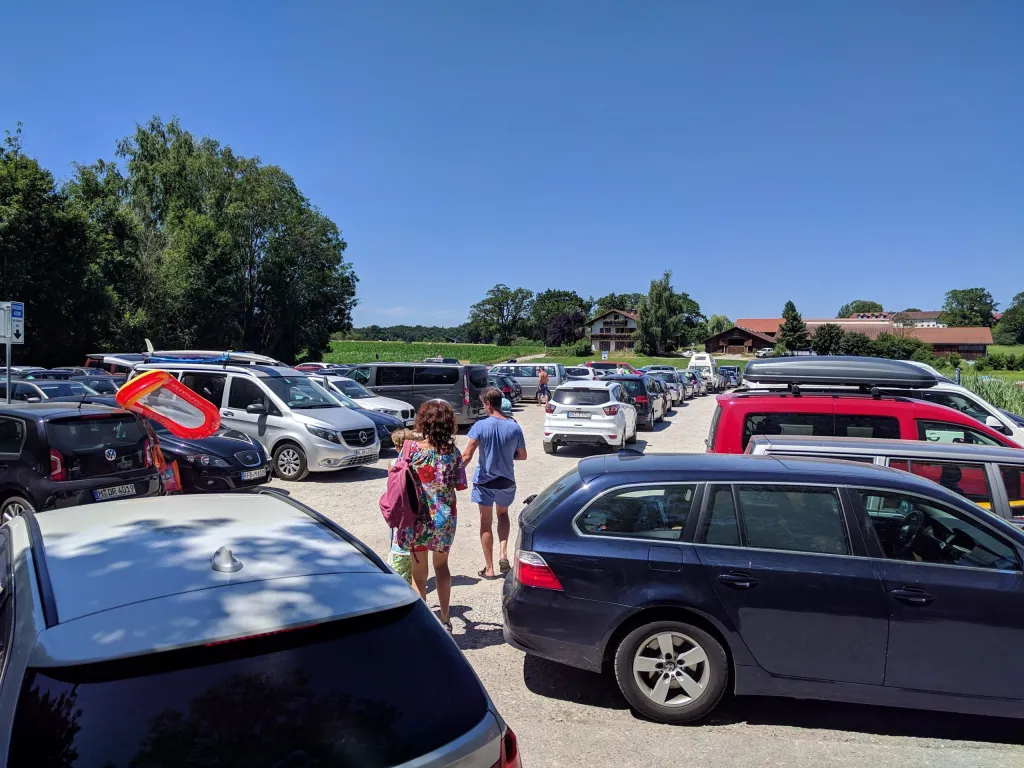
– And in the city park:

We saw a dozen of danger signs around the park, but that didn’t stop hardly anyone. I liked how despite the warning sign somebody provided a safety rope, so you won’t crash yourself at the dangerous rapids:
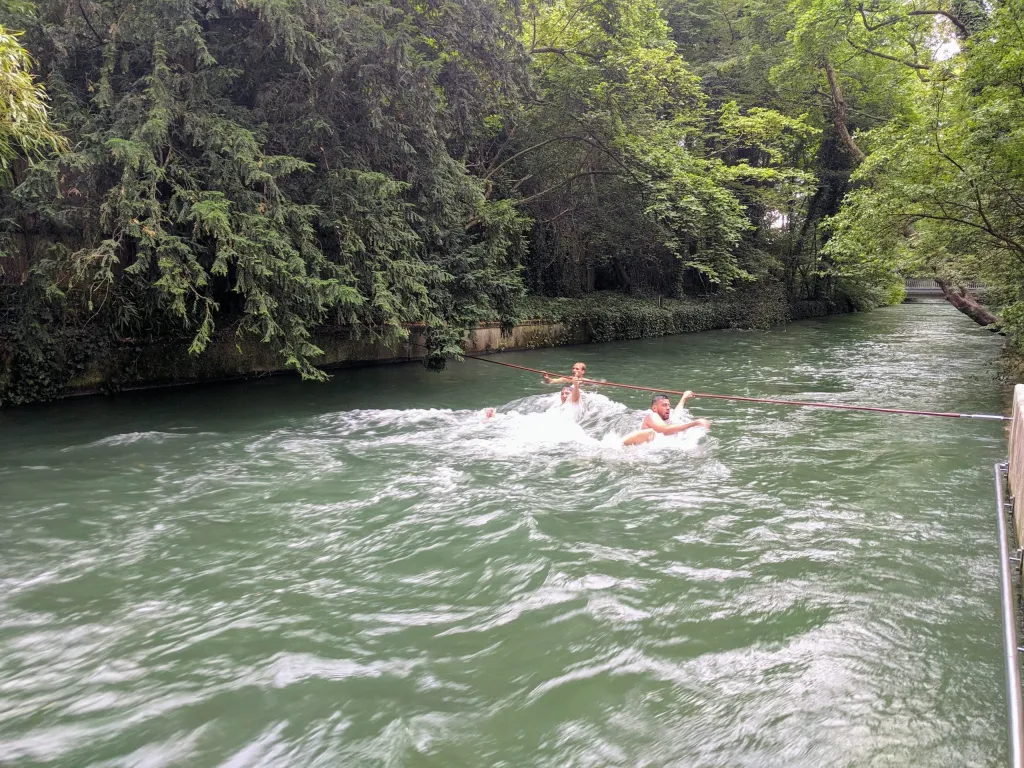
14. Beer Gardens/Biergarten in Munich
The one thing you probably don’t know about Biergarten – it is much more, than just a beer. Besides being a favorite place to hang out with family and friends, an average Biergarten serves healthy, tasty meals and often has a playground. Everybody can have a great time!
Pictured below: Seehaus, one of the most popular Beer Gardens in Munich, great for families with kids:
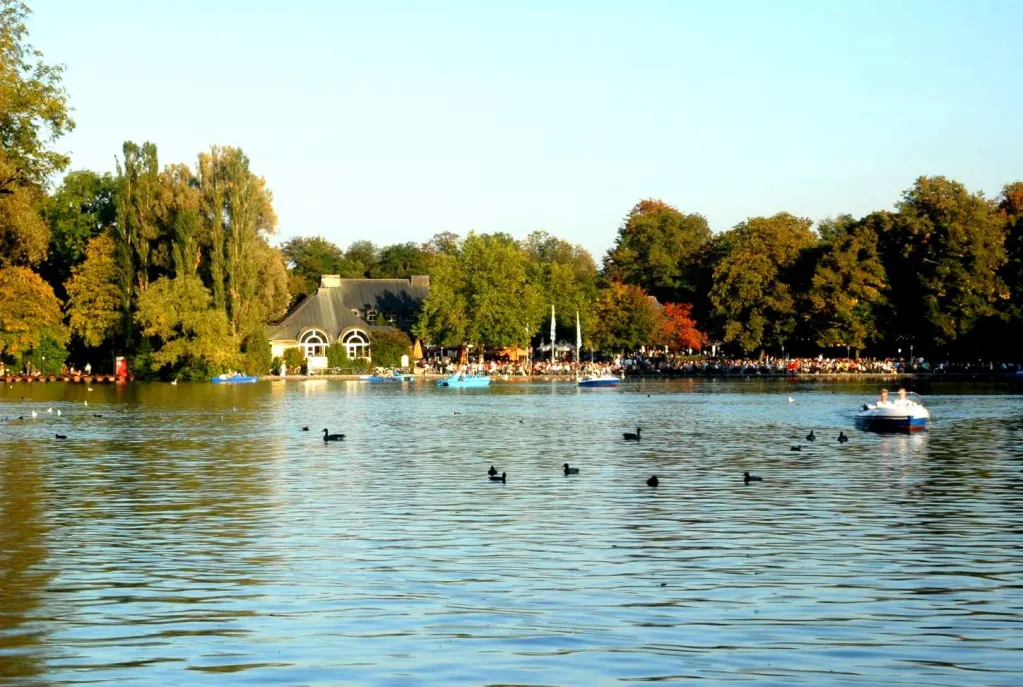
photo credit: Bbb 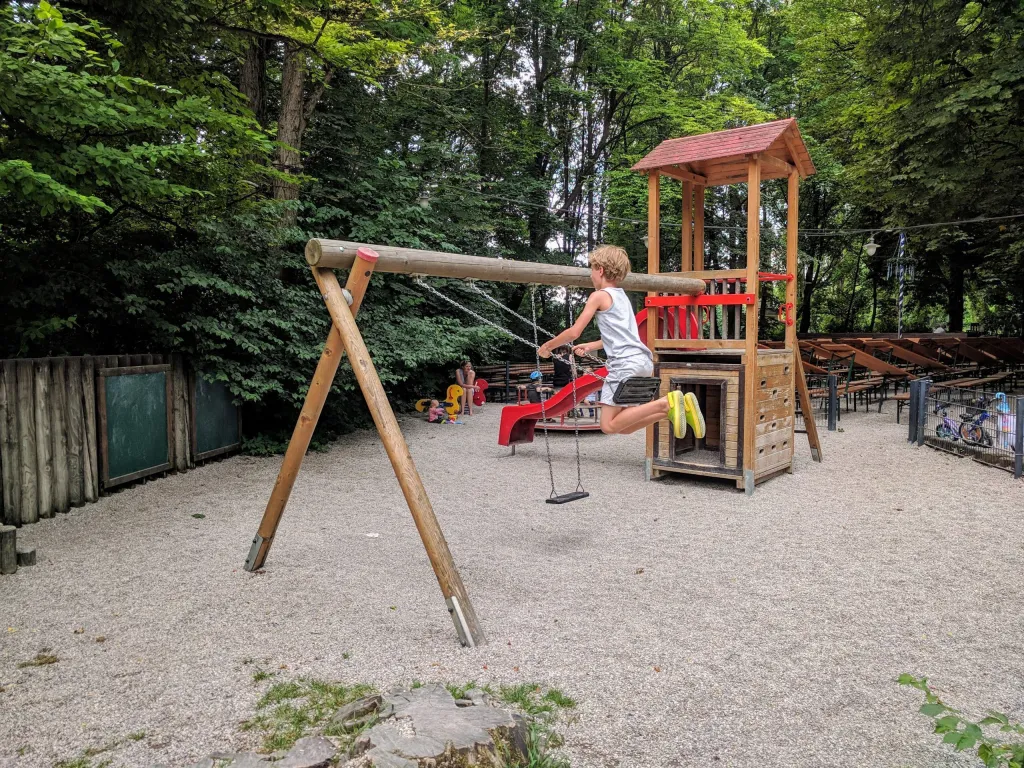
Artem at Seehaus playground
15. Munich Like a Local. Nature
Munich is located in the footsteps of the Alps and has a dozen lakes colored like the ones in Banff, Canada. Nature is stunning, and from our perception, one of the best in Germany:
16. Movies shot in Munich
“My Blind Date With Life” (2017) is a heartwarming story and my favorite movie about Munich. Saliya, 18 y/o teen, is trying to achieve his dream despite suddenly going blind. Biography, comedy, drama. IMDb 7.1
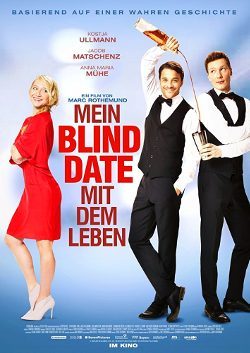
“Downfall“ (2004) movie about Hitler’s final days, told by Traudl Junge, his secretary. IMDb 8.2. Biography, drama, history. 2h 36 min.
“Snowden“ (2016) is a third biographical film, that was partially shot in Munich. IMDb 7.3. Great story, crime, drama. 2h. 14 min.

All favorite places in Munich on My Map
We liked Munich. The city seemed easy-going, dynamic, and very family-friendly. The three cons, besides property prices, were smoking in public (even if the kids are nearby), lack of restrooms in parks, and dust.
Thanks for reading, friends!
P.S. If you’re planning a trip, book accommodation far in advance ;).
Read next:
Hawaii on a budget 2021: “why Hawaii?”, which island to choose, budget accommodation, the best time to visit, air flight tickets, car rental, etc.
Alaska on a budget, road trip itinerary: 26+ glaciers, fjords, salmon, National Parks, wildlife, and Alaska Natives heritage.
More “Like a Local”: Amsterdam, Iceland, Portland, Vancouver. Day trips from Vancouver.


